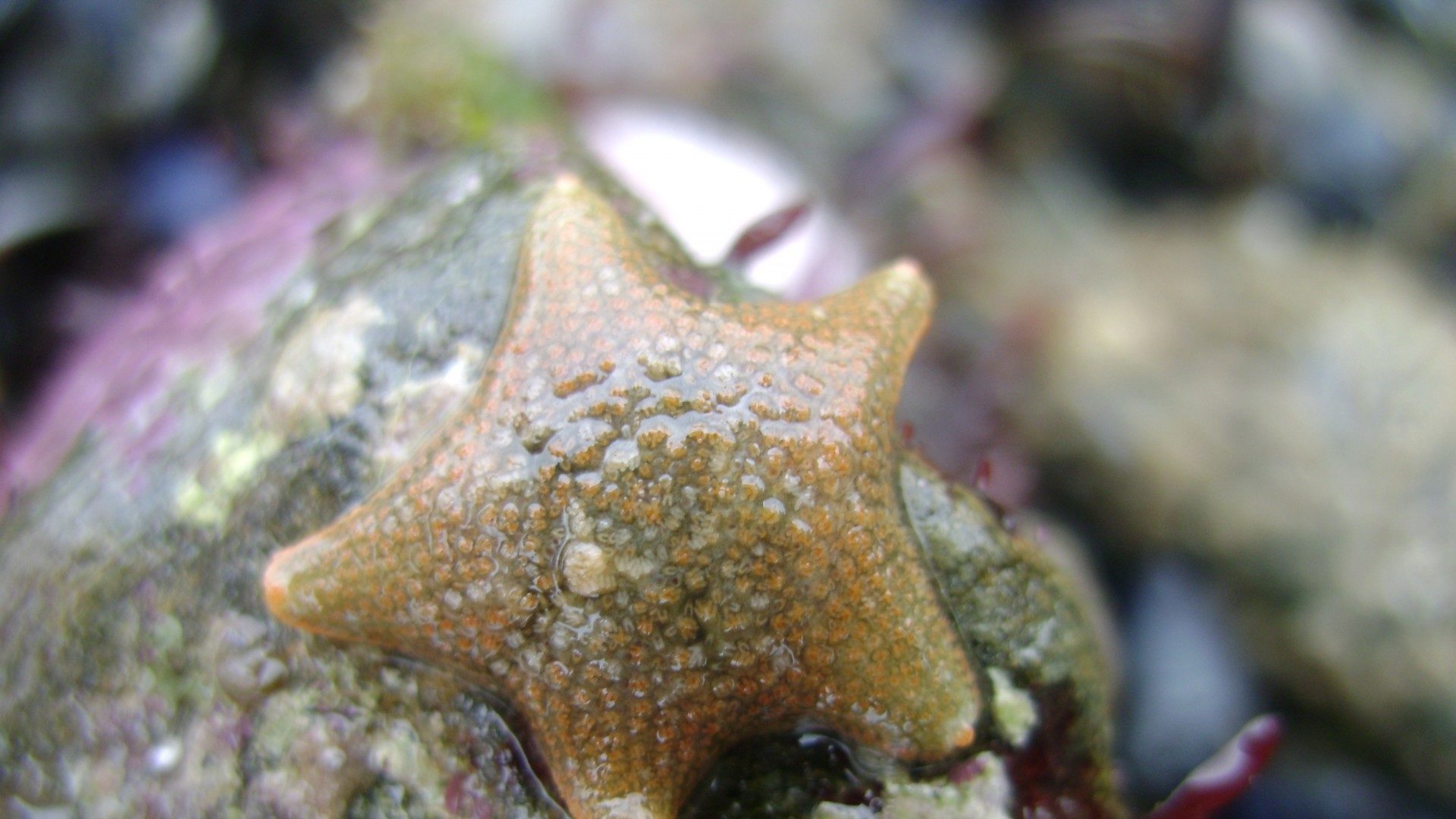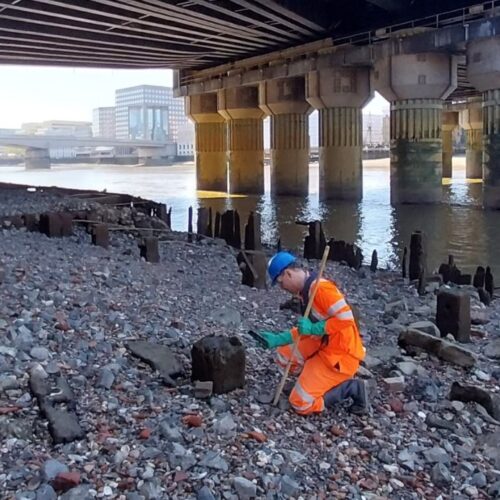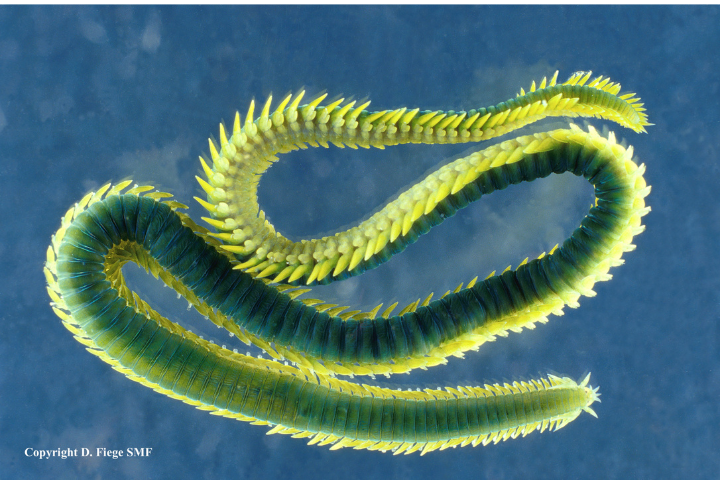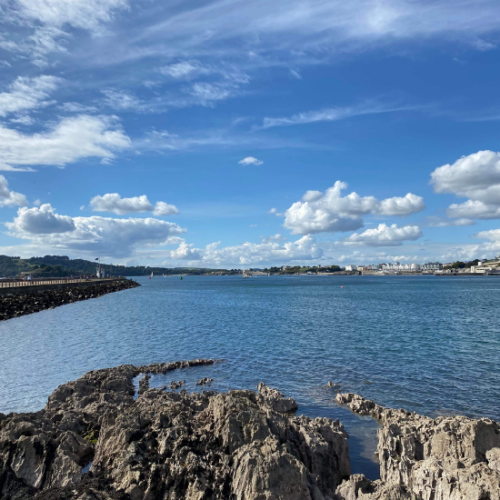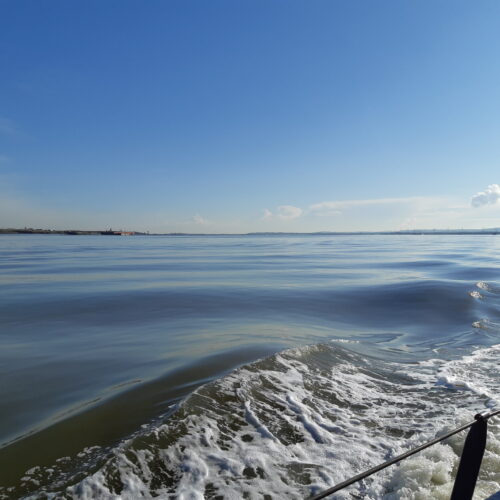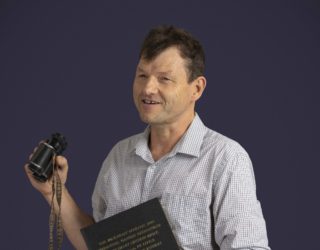Assessing the condition of benthic marine environments requires in depth analysis, in a complex, multi-stage process with highly specialised skills provided by highly trained Thomson experts. Our dedicated group of marine taxonomists routinely handle large numbers of samples and respond to the demand of urgent projects, processing thousands of samples for offshore and nearshore development projects every year. The marine team also conduct quality assurance – auditing samples for other organisations – and provide workshops and training courses in taxonomy.
Marine benthic invertebrate communities are the assemblages of animals (or fauna) living in and on the sediment of the seafloor. These communities are dominated by polychaete worms, molluscs, crustaceans, and echinoderms, along with members of various lesser known phyla. Given their relatively stationary existence, the structure of these benthic communities can reveal the general health of an area and show the effect of impacts such as pollution, fishing and building activities on the seafloor.
Assessing the benthic environment starts with the collection of sediment samples from the seabed. Thomson marine staff collect these using different equipment depending on the type of environment being surveyed. For example, we collect samples from the intertidal region using corers, which are inserted into the sediment to remove a cylinder of substrate for analysis. Subtidal regions are more challenging to reach, requiring vessels with an A frame to winch metal grabs down to the bottom of the sea, where they close and scoop up a portion of the seabed. This year we have analysed samples from intertidal regions to 3,000 m depth.
Once samples have been collected, we preserve them for analysis using formalin, to ensure all animals alive at the time of sampling remain in good condition. Samples are then transported to our Marine Laboratory for analysis. This can be challenging in itself – just this year we have received samples from as close to home as the Thames and as far afield as Mauritania and Nicaragua.
“In the lab we analyse samples from an exciting mix of different projects, including marine conservation areas, marine aggregates, port development, renewable energy developments and investigate marine fauna and the impact of human and natural disturbance.” – Laboratory Manager and Principal Biologist
Once samples arrive at the lab, the first stage of their journey is for them to be logged in to ensure sample integrity is maintained. One project can consist of 100s of samples – this requires us to be highly organised and have specialised sample storage facilities.
Now sample analysis can begin. The process comprises 5 main stages: sieving, extraction, identification, quality control and biomass estimation. To fully analyse one sample can take anywhere from about a day to a week or more, with the involvement of multiple analysts with years of experience.
Sieving
Sieving takes place in our purpose-built wet lab with fume extraction for the formalin, which is decanted for waste collection and the sample washed. The sample is split into various size fractions over graded sieves. This allows us to more easily extract all animals of a similar size from the sediment and ensures that smaller ones are not missed between larger pebbles.
All sediment of >2 mm is sorted by the sieving analyst and all fauna extracted. A second analyst checks that no fauna has been missed and that the sample is labelled correctly, before the sample moves on to the next stage in the process.
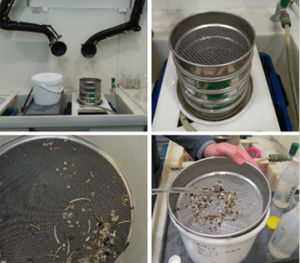
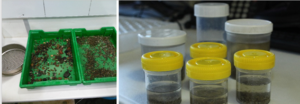
Extraction
Extraction of fauna from the fine (<2 mm) factions of sediment then takes place at the microscope. We routinely analyse samples down to 0.5 mm, sometimes to 0.25 mm. The sediment is examined in small portions under a microscope and the animals are extracted and split into different groups. This is often the most labour-intensive stage of processing, as there may be thousands of individuals to extract from one sample. Every sample undergoes rigorous quality control, with a second analyst checking the sediment again to ensure >95% of organisms are retrieved from the sediment. Our large team of experienced analysts means that we can process samples quickly, providing clients with their results in line with their often tight project deadlines.
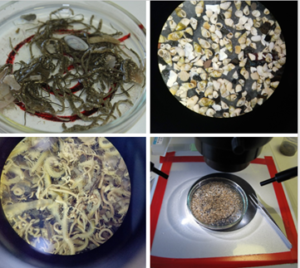
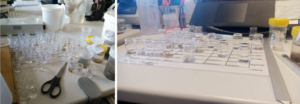
Faunal extraction is further complicated by the presence of epifaunal species – these are organisms that live on hard substrates on the seabed, rather than within the sediment. For example, barnacles and anemones can grow on shells or rocks within the sample, and all of these require counting and identifying. Also, animals can be hidden from view!

Identification
Identification uses all available research literature for the area in question to assign names to specimens. This usually involves checking various morphological characters and following a dichotomous key, leading to a species identification. Over the past 35 years, Thomson has built up a comprehensive library of books and scientific articles covering the whole range of faunal groups that we encounter in our samples from different regions of the world.
Identification can be particularly challenging when we are faced with samples from deep water or from regions where little taxonomic research has been done. Very often, species of these areas that we encounter may be new to science or have previously not been reported from the area. This means we are at the cutting edge of marine biodiversity knowledge, with our taxonomists discovering and describing new species such as the worm that has eyes in its head and its bottom
Another reason why the work delivered by the Thomson Marine Lab is held in such high regard is because we have an unparalleled reference collection of over 100,000 specimens of more than 3,500 unique taxa (a taxon is the classification unit used in taxonomy). This reference collection, which has been built up over our >30 years of operation, allows our taxonomists to check their identifications against verified material.
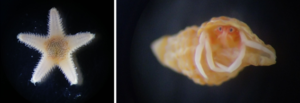
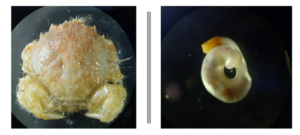
Quality Control
Quality control of species identifications by our analysts is undertaken by one of our principal taxonomists. Every sample is checked to ensure identifications are accurate and consistent across the many analysts we have working in the lab. The results are fed back to the original analyst, for their training and development.
Biomass
Biomass estimation entails the weighing of each taxon down to four decimal places; the weights give an indication of relative importance of each taxon in the community and an indication of the overall health of the area the sample is from.
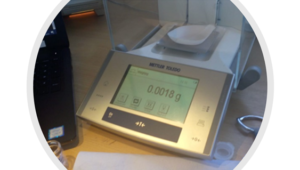
Identification, abundance and biomass data for each sample are combined into matrices to give the results for a project. We use the results to highlight to our clients any rare or protected species identified in the project, or the presence of invasive species. We often also carry out particle size analysis of the sediment from each sampling station, to show the type of sediment present. A biotope is a combination of the physical properties of a habitat (e.g. muddy, sandy or gravelly sediment) and its associated community of biological species. Therefore, the results of our analyses allow us to assign biotopes to each sampling station to define the condition of the area.
Get in touch
If you have any requirements for sample analysis please don’t hesitate to get in touch with our marine team, who would be happy to discuss your project with you.
